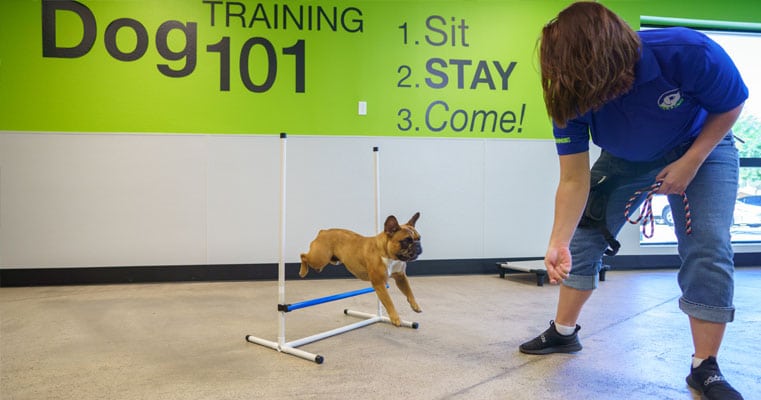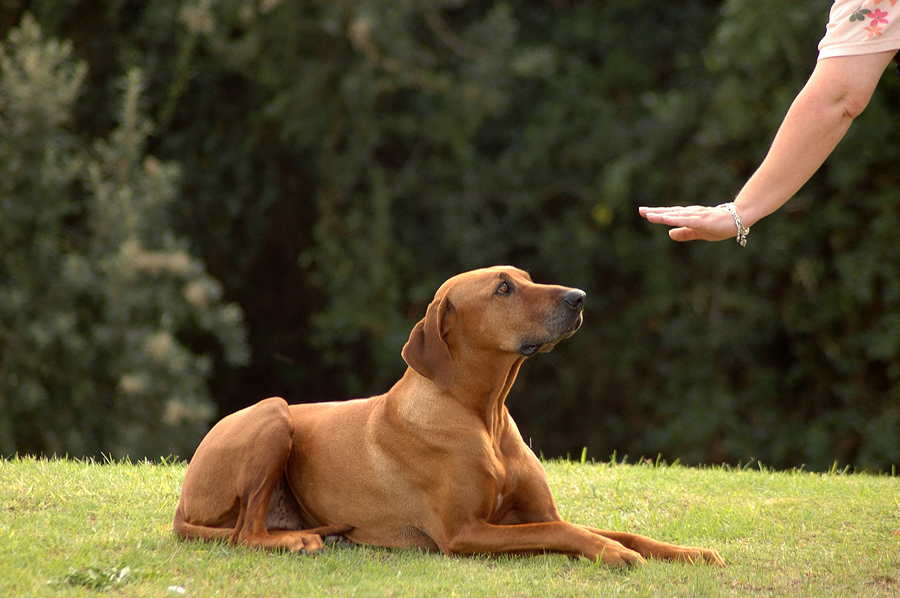Transform Your Dog's Behavior with These Proven Dog Training Methods
Wiki Article
Transform Your Canine's Actions With Proven Training Approaches
Transforming your dog's behavior requires a nuanced understanding of their private attributes and requirements, as well as the application of tested training approaches. Consistency in your training method not only enhances obedience however likewise promotes a deeper bond of trust fund and regard in between you and your family pet.Comprehending Pet Dog Actions
Comprehending pet dog habits is essential for reliable training and communication between human beings and their canine buddies. Pet dogs, as social animals, show a variety of actions affected by genes, environment, and experiences - Dog training. Recognizing these habits aids owners customize their training approaches to meet the certain requirements of their dogsKey aspects of dog habits include body language, vocalizations, and social interactions. In addition, socialization plays a vital duty in forming behavior; pet dogs that communicate positively with different individuals and various other pets are generally much more well-adjusted and adaptable.
Furthermore, acknowledging tension signals-- such as panting, evasion, or pacing behaviors-- can protect against escalation into much more major problems. Proprietors that are attuned to their pet's habits can develop a caring and safe atmosphere, fostering trust and improving the training process. Eventually, a deep understanding of canine actions lays the structure for an unified partnership and efficient training outcomes, ensuring both pet dogs and their proprietors flourish together.
Favorable Reinforcement Methods
Favorable reinforcement strategies are commonly identified as one of one of the most effective methods for training pets, cultivating a positive knowing setting. This technique involves fulfilling desired habits with treats, appreciation, or play, consequently urging the pet dog to repeat those actions. Unlike punitive approaches, favorable reinforcement builds depend on and reinforces the bond between the instructor and the pet dog.
To apply favorable reinforcement efficiently, timing is essential. Rewards should be offered quickly adhering to the preferred behavior to assist the pet make the connection. Consistency is additionally necessary; using the very same commands and incentives helps the canine comprehend what is expected. In addition, varying the incentives can keep the dog involved - Dog training. For example, alternating between deals with, toys, and spoken appreciation can keep interest and inspiration.
It is essential to keep in mind that positive reinforcement is not regarding bribery; instead, it is regarding enhancing etiquette. Over time, as the canine finds out to link details actions with positive end results, the regularity of benefits can be progressively reduced, transitioning to verbal praise or intermittent incentives. This approach not just motivates obedience yet also advertises a positive and delighted canine, making training a much more enjoyable experience for both celebrations included.
Addressing Common Issues
Attending to usual issues during canine training is essential for ensuring a unified and successful connection between the canine and its proprietor. Several pet proprietors encounter behavior challenges, such as extreme barking, jumping, and chain drawing. Recognizing the origin of these behaviors is crucial for effective training.To alleviate this, give enough physical exercise, mental excitement, and opportunities for social communication with both human beings and other dogs. Training the pet dog to sit upon greeting can redirect this habits positively.
Chain pulling is another widespread concern, frequently resulting from a pet dog's enthusiasm to check out. Making use of appropriate chain handling strategies, combined with training methods that encourage loose-leash strolling, can significantly boost this actions.
On top of that, problems like source protecting or splitting up stress and anxiety call for customized strategies. Progressive desensitization and counter-conditioning can be effective in attending to these challenges. By acknowledging and proactively handling these common concerns, canine proprietors can cultivate a more enjoyable training experience and enhance the bond with their canine companions.
Uniformity in Training

To accomplish consistency, it is vital that all participants of the home comply with the very same training approaches. For example, making use of the exact same verbal signs and hand signals makes certain that the pet obtains consistent messages. Additionally, the timing of incentives and check here corrections should be constant; immediate reinforcement raises the likelihood that the pet will certainly link the behavior with the outcome.
Moreover, developing a routine can further improve uniformity. Normal practice sessions, coupled with organized timetables for feeding, walking, and play, assistance pet dogs prepare for and comprehend their atmosphere, making them much more responsive to training. Ultimately, consistency fosters a feeling of safety and trust fund, empowering pet dogs to find out more effectively. By committing to an organized method, trainers can promote favorable behavior changes and cultivate a courteous buddy.
Structure a Strong Bond
How can fostering a solid bond between a pet dog and its owner improve the training experience? When a canine feels safe and secure in its connection with its proprietor, it is more likely to exhibit positive habits and be responsive to discovering.In addition, a strong bond assists in much better interaction. Pets are adept at reviewing human cues, and a relying on partnership enables for more clear signals throughout training. Owners who spend time in building this bond with play, socialization, and positive reinforcement create an atmosphere where pet dogs really feel motivated and excited to find out.
Furthermore, a well-established link can lower stress and anxiety and behavioral issues, as pet dogs are less most likely to act out when they feel comprehended and looked after. Prioritizing the development of a strong bond not only boosts the training experience but likewise contributes to look at this web-site a better and a lot more well-adjusted pet. Ultimately, the journey of training transforms into a joint collaboration, leading to lasting behavioral renovations.
Verdict

Proprietors that are attuned to their canine's behavior can create a nurturing and safe setting, fostering count on and improving the training process. Ultimately, a deep understanding of canine behavior lays the foundation for a harmonious connection and efficient training end results, making certain both dogs and their owners flourish with each other.
Resolving common concerns during pet training is essential for making sure a successful and unified relationship between the pet dog and its proprietor.Consistency is a cornerstone of effective pet training, as it establishes a clear framework for the dog to understand assumptions and actions.In final thought, changing a pet's behavior through confirmed training techniques calls for an understanding of canine habits, the application of favorable support methods, and a focus on uniformity.
Report this wiki page